Introduction to Ytterbium-Doped Crystals
Ytterbium-doped crystals, specifically Ytterbium-Doped Yttrium Aluminum Garnet (Yb:YAG) and Ytterbium-Doped Potassium Gadolinium Tungstate (Yb:KGW), have revolutionized the world of high-power diode-pumped lasers. These crystals, when doped with the rare earth element Ytterbium (Yb), exhibit remarkable properties that make them ideal for a variety of applications.
The Marvel of Yb:YAG
The Yb:YAG crystal is a marvel in the laser industry, and its unique properties have made it a preferred choice for many applications. The crystal’s wide emission bandwidth is particularly beneficial for the generation of ultra-short pulses. These pulses are crucial in many scientific and industrial applications, where precise control and high peak power are required.
The high quantum efficiency of Yb:YAG means that a large proportion of the pump energy is converted into laser energy, leading to efficient operation. This efficiency is particularly important in high-power applications, where energy waste can lead to excessive heat generation and potential damage to the laser components.
The long fluorescence lifetime of Yb:YAG is another key advantage. This property allows the crystal to store energy over a long period, which can then be released in the form of a laser pulse. This is particularly useful in Q-switched lasers, where high-energy pulses are required.
In the realm of high-power diode-pumped lasers, Yb:YAG stands out due to its high thermal conductivity and low quantum defect. These properties lead to reduced thermal effects, a common issue in high-power lasers that can degrade the beam quality and limit the output power. By minimizing these effects, Yb:YAG allows for improved beam quality and increased output power, making it an ideal choice for high-power applications.
The advancements in Yb:YAG technology have been nothing short of revolutionary. The development of thin-disk and slab lasers has opened up new possibilities in terms of output power. These lasers, which utilize a thin disk or slab of Yb:YAG as the gain medium, can achieve even higher output powers than traditional rod-based lasers. This is due to the increased surface area, which allows for better heat dissipation and enables higher pump power levels.
These high-power Yb:YAG lasers are now being used in a wide range of industrial applications. For instance, in material processing, they are used for cutting, drilling, and welding of various materials. Their high power and excellent beam quality allow for precise, clean cuts and welds, making them ideal for these applications.
In conclusion, the Yb:YAG crystal is a powerful tool in the world of lasers. Its unique properties and the advancements in Yb:YAG technology have made it a game-changer in high-power diode-pumped lasers. As research continues and technology advances, we can expect to see even more impressive feats from this remarkable crystal.
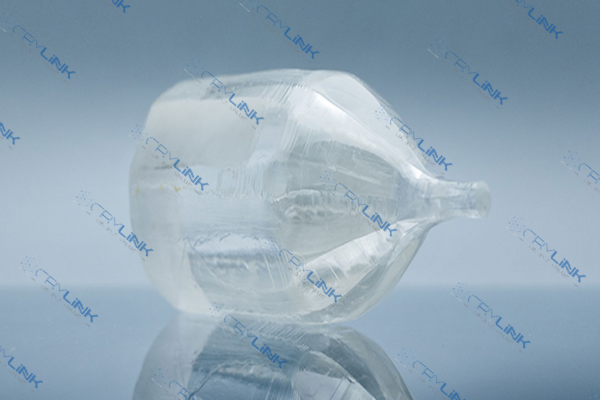
The Power of Yb:KGW
The Yb:KGW crystal is another shining star in the laser industry. This Ytterbium-doped crystal has a broad absorption and emission spectrum, which allows for efficient energy transfer and versatile laser operation. The broad absorption spectrum means that the crystal can absorb a wide range of wavelengths, making it compatible with a variety of pump sources. This versatility is a significant advantage in laser systems, where flexibility in the choice of pump source can lead to cost savings and improved system performance.
The broad emission spectrum of Yb:KGW is equally important. This property allows the crystal to emit light over a wide range of wavelengths, enabling the generation of ultra-short pulses. These pulses are crucial in applications such as time-resolved spectroscopy and micromachining, where high peak power and precise control are required.
In the context of high-power diode-pumped lasers, Yb:KGW stands out due to its high absorption efficiency at the diode laser wavelengths. This efficiency means that a large proportion of the pump light is absorbed and converted into laser light, leading to high output powers. Furthermore, the excellent beam quality achieved with Yb:KGW is a significant advantage in applications where precision and control are paramount.
The broad emission spectrum of Yb:KGW also enables the generation of ultra-short pulses. These pulses, which can be as short as a few femtoseconds, are invaluable in applications such as ultrafast spectroscopy and high-precision micromachining. The ability to generate such pulses has opened up new possibilities in scientific research and industrial applications.
The innovations in Yb:KGW technology have been impressive. The development of high-power oscillators and amplifiers has expanded the range of applications for this crystal. These devices, which generate and amplify laser light, are now being used in a variety of fields. In scientific research, they are used in experiments that require high power and precise control. In medical technology, they are used in procedures such as laser surgery and photodynamic therapy, where their high power and excellent beam quality enable precise, minimally invasive treatments.
In conclusion, the Yb:KGW crystal is a powerful tool in the world of lasers. Its unique properties and the innovations in Yb:KGW technology have made it a popular choice in high-power diode-pumped lasers. As research continues and technology advances, we can expect to see even more impressive feats from this remarkable crystal.
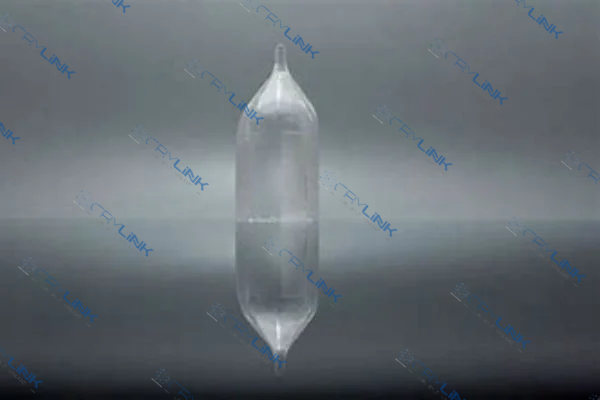
Comparing Yb:YAG and Yb:KGW
When comparing Yb:YAG and Yb:KGW, it’s important to consider the unique advantages and differences that each crystal brings to the table. Both crystals are doped with Ytterbium ions, which gives them their unique laser properties. However, the host materials – Yttrium Aluminum Garnet for Yb:YAG and Potassium Gadolinium Tungstate for Yb:KGW – impart different characteristics that make each crystal suited to different applications.
Yb:YAG is known for its high thermal conductivity. This property allows it to dissipate heat effectively, which is crucial in high-power laser applications where excessive heat can degrade the beam quality and damage the laser components. The high thermal conductivity of Yb:YAG enables it to maintain a high beam quality even at high power levels, making it a preferred choice for high-power applications.
In addition to its high thermal conductivity, Yb:YAG also has a low quantum defect. The quantum defect is the difference between the pump and laser photon energies, and a lower quantum defect means less heat generation. This property, combined with its high thermal conductivity, makes Yb:YAG an excellent choice for high-power, continuous-wave laser applications.
On the other hand, Yb:KGW is recognized for its broad absorption and emission spectrum. This broad spectrum allows it to absorb and emit light over a wide range of wavelengths, making it versatile and efficient. The broad absorption spectrum means that Yb:KGW can be efficiently pumped by a variety of laser diodes, while its broad emission spectrum enables the generation of ultra-short pulses, which are valuable in many scientific and industrial applications.
The choice between Yb:YAG and Yb:KGW often depends on the specific requirements of the laser system. If high power and excellent beam quality are the primary considerations, Yb:YAG may be the better choice due to its high thermal conductivity and low quantum defect. However, if versatility and the ability to generate ultra-short pulses are important, Yb:KGW with its broad absorption and emission spectrum may be more suitable.
In conclusion, both Yb:YAG and Yb:KGW are powerful tools in the world of lasers, each with its unique advantages and characteristics. The choice between the two depends on the specific requirements of the laser system, and both crystals have proven their worth in a variety of high-power diode-pumped laser applications. As research continues and technology advances, we can expect to see even more impressive feats from these remarkable crystals.
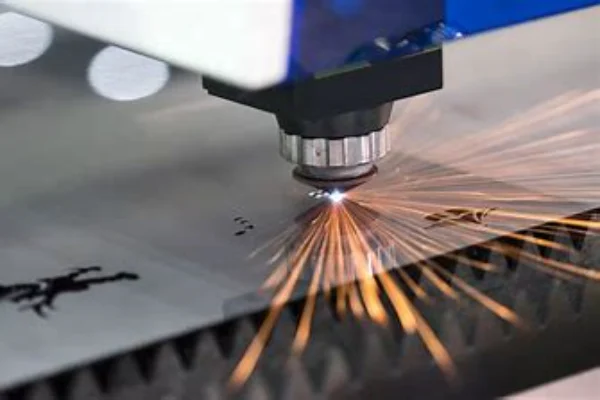
The Future of Yb:YAG and Yb:KGW
The future of Yb:YAG and Yb:KGW indeed looks promising. As the demand for high-power, efficient, and versatile lasers continues to grow in various sectors, these Ytterbium-doped crystals are expected to play a crucial role in meeting these needs.
One of the key areas where these crystals are expected to make a significant impact is in the field of high-power diode-pumped lasers. These lasers are used in a wide range of applications, from industrial material processing to scientific research, and even in medical procedures. The unique properties of Yb:YAG and Yb:KGW, such as high thermal conductivity, low quantum defect, and broad absorption and emission spectrum, make them ideal for these applications.
In the realm of material processing, for instance, the demand for high-power lasers is growing. These lasers are used for cutting, welding, and drilling materials with high precision and efficiency. The high thermal conductivity and low quantum defect of Yb:YAG make it an excellent choice for these high-power applications. At the same time, the broad absorption and emission spectrum of Yb:KGW allow it to generate ultra-short pulses, which are crucial for precision micromachining.
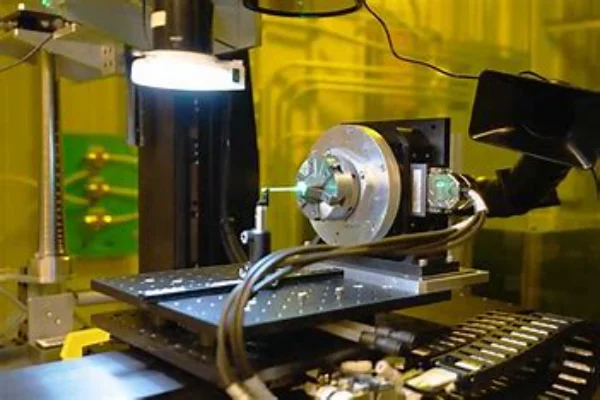
In the field of scientific research, the need for versatile and efficient lasers is ever-present. Researchers use lasers for a variety of experiments, from studying the properties of materials to investigating the fundamental laws of physics. The broad absorption and emission spectrum of Yb:KGW make it a versatile tool for these applications, while the high quantum efficiency of Yb:YAG ensures efficient operation.
In the medical sector, lasers are used in a variety of procedures, from surgery to photodynamic therapy. The excellent beam quality and high output power of lasers made with Yb:YAG and Yb:KGW make them ideal for these applications. Furthermore, the ability to generate ultra-short pulses with Yb:KGW is particularly useful in procedures that require high precision.
With ongoing research and development, we can expect to see even more advancements in the technology of Yb:YAG and Yb:KGW. Researchers are continually exploring new ways to enhance the properties of these crystals and develop new laser designs that can take full advantage of their capabilities. As a result, the future of these crystals in the world of high-power diode-pumped lasers looks bright.
In conclusion, the future of Yb:YAG and Yb:KGW is promising. These crystals, with their unique properties and capabilities, are expected to play a crucial role in the advancement of high-power diode-pumped lasers. As technology continues to advance, we can look forward to seeing even more impressive feats from these remarkable crystals.
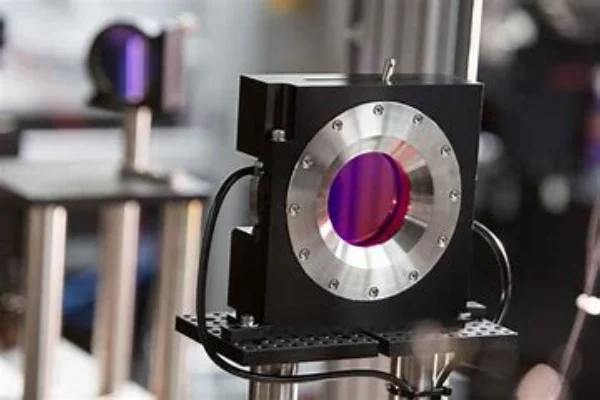
Conclusion
The power of Yb, particularly in the form of Yb:YAG and Yb:KGW, has significantly impacted the laser industry. These Ytterbium-doped crystals have revolutionized high-power diode-pumped lasers, offering high output powers, excellent beam quality, and the generation of ultra-short pulses. As technology continues to advance, the capabilities of these crystals are expected to reach new heights.
Frequently Asked Questions
- What is Yb:YAG?
Yb:YAG is a crystal that has been doped with Ytterbium ions. It is known for its wide emission bandwidth, high quantum efficiency, and long fluorescence lifetime. - What is Yb:KGW?
Yb:KGW is a Ytterbium-doped crystal that is recognized for its broad absorption and emission spectrum. It is used in high-power diode-pumped lasers due to its high absorption efficiency at the diode laser wavelengths. - How does Yb:YAG benefit high-power diode-pumped lasers?
Yb:YAG benefits high-power diode-pumped lasers through its high thermal conductivity and low quantum defect. These properties lead to reduced thermal effects, improved beam quality, and increased output power. - What are the applications of Yb:KGW?
Yb:KGW is used in high-power oscillators and amplifiers. These devices are used in various applications, including scientific research and medical technology. - How do Yb:YAG and Yb:KGW compare?
Yb:YAG and Yb:KGW both offer unique advantages. Yb:YAG is known for its high thermal conductivity and low quantum defect, while Yb:KGW is recognized for its broad absorption and emission spectrum. The choice between the two often depends on the specific requirements of the laser system.

Frank
Frank graduated from the University of Shanghai for Science and Technology, majoring in optics. As a technical engineer at Crylink Company, he deeply understands crystal materials and laser components.
Related Video(s) with this Article
Related Product(s) with this Article
Related Application(s) with this Article
